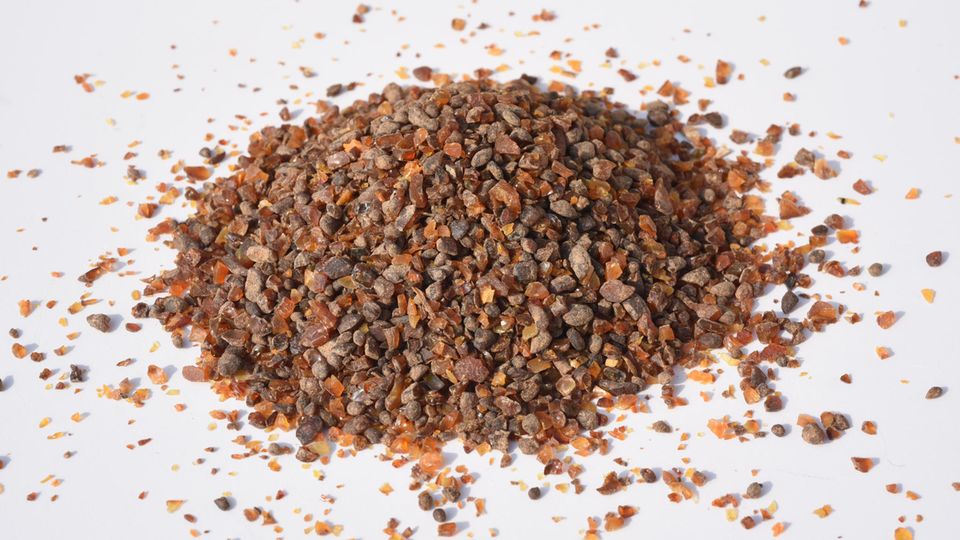Long-term effect
Use horn shavings as a natural fertilizer: This is how you strengthen balcony and garden plants
Horn shavings are suitable for fertilizing fruit, vegetables and ornamental plants
© VisualArtStudio / Getty Images
Organic fertilizers such as horn shavings have two advantages: On the one hand, they contain a lot of nitrogen, which plants need to survive. On the other hand, it is a recycled product that is already integrated into the global cycle. But what exactly does natural fertilizer consist of?
Horn shavings are made from ground horn and ground hooves from cattle, mostly from overseas. The natural fertilizer is actually a waste product of the slaughter industry, but it contains a lot of nitrogen. That’s why, like fresh horse manure, it is particularly suitable for strengthening balcony and garden plants. And not just in the short term, but over a long period of time. This article explains why this is the case, how horn shavings, horn meal or horn semolina differ from each other and how you can use the natural fertilizer correctly.
That’s why horn shavings are a good natural fertilizer
Unlike other fertilizers that require horn shavings some time before the nitrogen it contains can be absorbed by the plant roots. In fact, it can take up to three months for the nutrients in the soil to be fully released – so horn shavings are a long-term fertilizer. Another plus point is the neutral pH value: thanks to this (and the slow decomposition) you can virtually never over-fertilize your plants. This is partly due to the size of the horn shavings. The question arises as to what happens with horn meal and horn semolina, since both fertilizers are also made from crushed horn.
Horn shavings is an organic fertilizer made from ground horns and hooves
© emer1940 / Getty Images
Horn shavings, horn meal, horn semolina: the difference
In addition to nitrogen, which makes up the majority of horn shavings fertilizer, horn meal and horn semolina, the three different fertilizers also contain potassium and phosphorus – but only very little (less than one percent) of them. Therefore, additional substances are usually added to them to increase the phosphorus and calcium content. Accordingly, the individual composition of horn shavings, horn meal and horn semolina varies slightly. Visually, however, the biggest difference lies in the grain:
| Natural fertilizer | grain size |
| horn meal | <1mm |
| horn semolina | 1-5mm |
| horn shavings | > 5mm |
The rule of thumb applies: the larger the grind, the slower the effect. While horn meal While it takes a few weeks to decompose, it takes several months for all the nutrients in the horn shavings to be absorbed by the plants.
When and how: This is how you use horn shavings correctly
The ideal period for fertilizing horn shavings is between March and October. Either you enrich the soil with the natural product in autumn so that the plants can feed on it until next spring, or vice versa. If you want a faster effect, horn meal or horn semolina are sensible alternatives to fertilizing. But regardless of which option you choose, the application is always the same: Distribute the nitrogen fertilizer evenly over the desired area and then work it into the soil. For example with a garden claw or a rake. Otherwise the decomposition process on the surface will be even longer. Then water the soil well and evenly so that the nutrients get into the soil more quickly.
And one more tip at the end: If you mix the horn shavings fertilizer with mature compost before spreading it on the plants, the nitrogen fertilizer will decompose even faster.
Source: My beautiful garden
You might also be interested in:
This article contains so-called affiliate links. Further information are available here.



